NOTE: This is historical content that may contain outdated information.
The much-anticipated 3rd generation of our FreeNAS Mini products (the FreeNAS Mini E and XL+ models) was introduced in Q3 2019. After reviewing customer feedback and requests, we added the FreeNAS Mini E+ along with the option for all-flash configurations to the entire Mini lineup!
The FreeNAS Mini E+ is built off of the same whisper-quiet enclosure as the FreeNAS Mini E, however, the Mini E+ has double the cores and threads, a higher CPU base frequency, and increased memory capacity and speed. Below is a reference chart for comparison between the FreeNAS Mini E and the new FreeNAS Mini E+. The extra CPU and memory of the FreeNAS Mini E+ makes it well suited for running multiple Plugins and VMs.
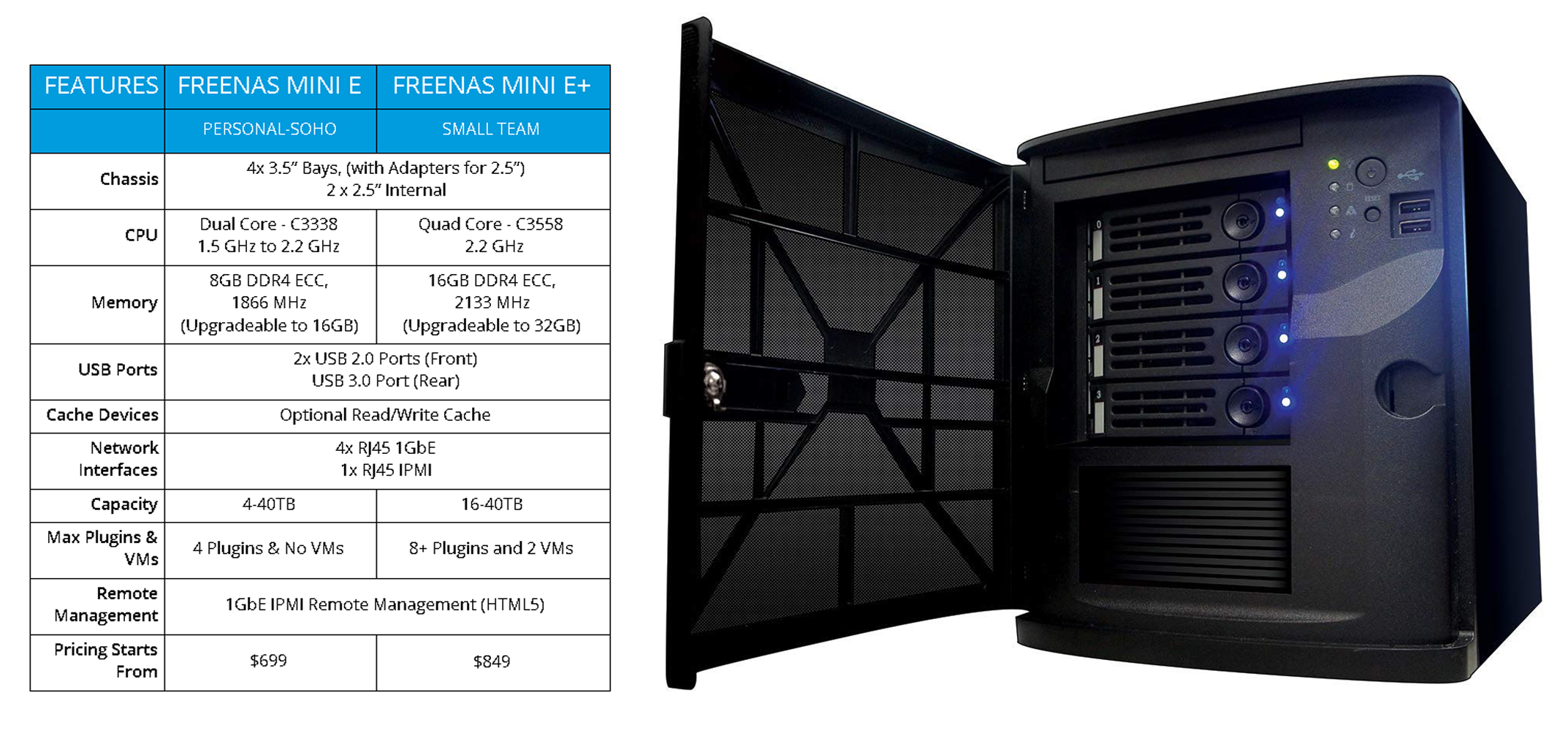
The Breakdown of the Mini E+
Building on the success of the FreeNAS Mini E, the FreeNAS Mini E+ adds some significant performance improvements.
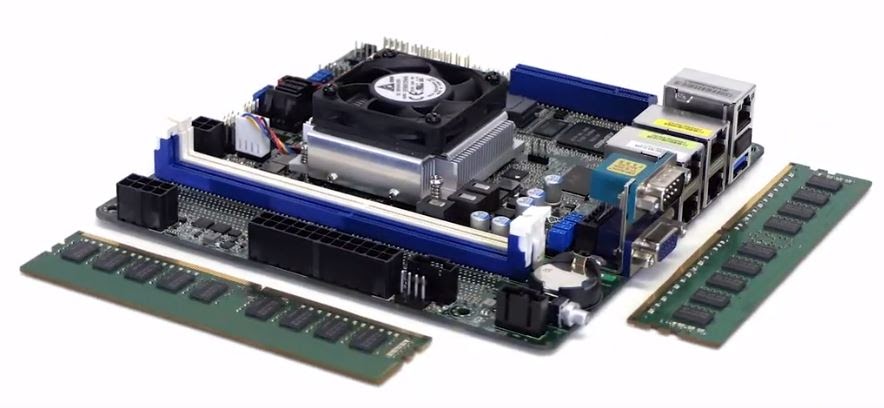 Despite the entry-level price, all components are server-grade.
Despite the entry-level price, all components are server-grade.
Quad Port Motherboard & Processor
The FreeNAS Mini E+ includes an integrated quad core Intel® Atom CPU with a base frequency of 2.20 GHz. This highly-efficient processor can perform two simultaneous 1080p transcodes in applications like Plex.
The motherboard includes four gigabit RJ45 data ports with full LACP support, two ECC-capable DDR4 DIMM slots, one USB 3.0 port, two front-mounted USB 2.0 ports, gigabit IPMI remote management port, UID switch, an RS232 serial port, and a VGA port. Although the motherboard has a PCIe slot, it is disabled by the CPU/chipset to maximize SATA device connectivity.
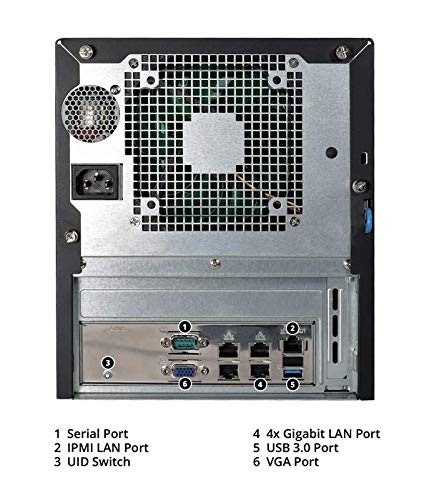 Rear-view highlights: Quad gigabit ethernet ports, whisper-quiet fan, and a dedicated management port
Rear-view highlights: Quad gigabit ethernet ports, whisper-quiet fan, and a dedicated management port
Power Efficient NAS Workhorse
The new C3558 Atom processors are powerful and highly efficient with a thermal design power (TDP) of only 16W. This allows the Mini E to achieve a baseline idle power consumption of less than 26W!
Hard drives play a significant role in overall power consumption. We build all FreeNAS Minis with NAS-grade hard drives (Western Digital Red to be specific) to get the highest power efficiency, best acoustic performance, best reliability, and lowest price per TB. For a system fully populated with four 10 TB NAS drives and two cache devices, idle power consumption is less than 45W, and less than 65W under maximum load.
ECC Memory & Caching
Error Correcting Code (ECC) memory is the front line defense against data corruption and is one of the major features that sets the FreeNAS Mini apart from lower cost consumer-grade NAS systems. With ECC memory, single bit errors are corrected on the fly before they are written to disk, and if multiple bit errors are detected, the memory will halt the system before any data corruption is committed to disk.
The FreeNAS Mini E+ comes standard with 16GB DDR4 ECC memory. The motherboard has four DIMM Slots and can be upgraded to 32GB RAM using 8GB DIMMs. Other configurable performance upgrades include Read (L2ARC) and Write Cache (SLOG) SATA SSDs.
Whisper Quiet
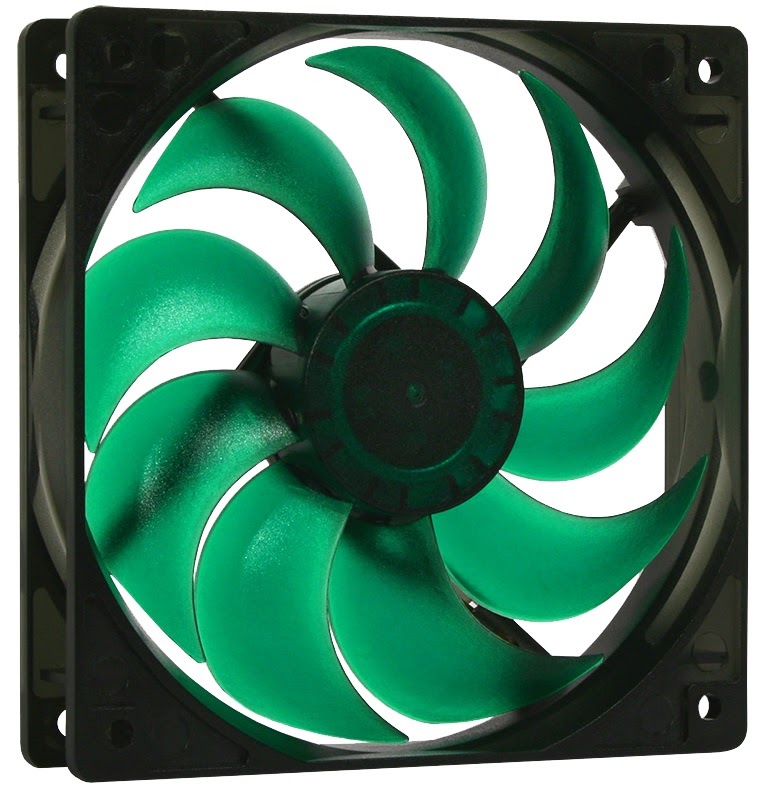 The FreeNAS Mini E+ is also whisper quiet, and uses one of the quietest 120mm fans available, making it a perfect match for a sensitive work environment that requires near-silence.
The FreeNAS Mini E+ is also whisper quiet, and uses one of the quietest 120mm fans available, making it a perfect match for a sensitive work environment that requires near-silence.
Drive selection matters for maintaining low noise in a NAS system. If users buy a Mini E+ without hard drives, pay attention to the acoustic specifications of the hard drives you select. For reference, the NAS-grade hard drives that come with our pre-built systems idle around 20-21 dBA, and Seek from 24-29 dBA, which is quiet by spinning disk standards. SSDs are effectively silent and cooler, which reduces fan speed and reduces sound levels even further.\
HTML5-Based Remote Management
Another feature unique to systems in its class is the ability to manage and administer the FreeNAS Mini E+’s hardware from a remote location, via the Intelligent Platform Management Interface (IPMI) console.The IPMI web interface uses HTML5, providing remote console access without Java, or the need for a physical monitor or keyboard.
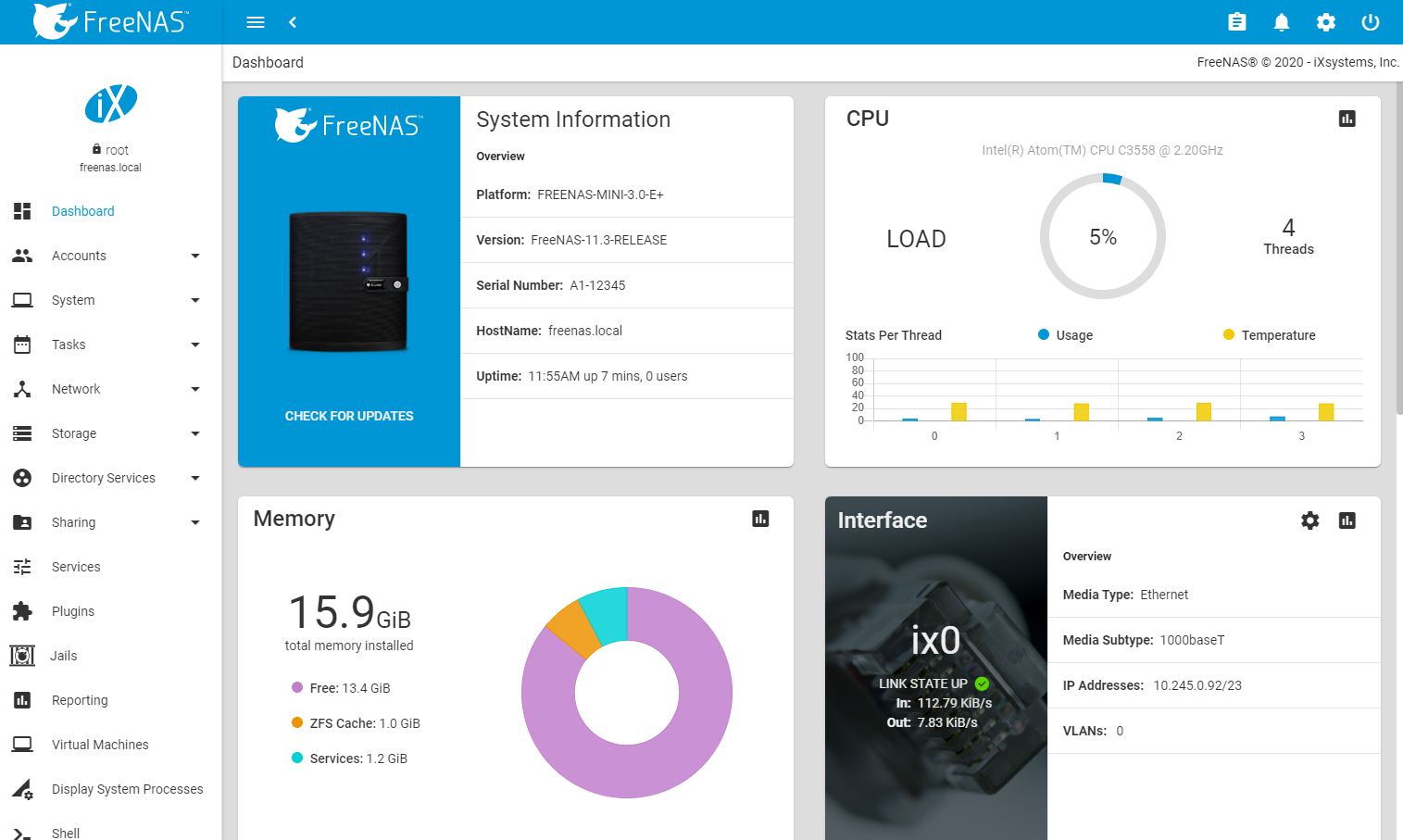 The FreeNAS Mini E+ always ships with the latest version of FreeNAS.
The FreeNAS Mini E+ always ships with the latest version of FreeNAS.
All-Flash Minis
In addition, the FreeNAS Mini product family can now be configured with SSDs. The Mini E and Mini E+ models can be equipped with up to six SSDs and up to ten for the Mini XL+! The FreeNAS Mini Configurator provides SSDs at 960 GB, 1.9 TB, 3.8 TB, and 7.6 TB capacities. These cost effective QLC SSDs have been verified to operate and perform well with FreeNAS and provide power-loss safe operation. They are ideal for applications that need a performance boost over HDDs.
A FreeNAS Mini XL+ with dual 10Gbe and 9 x 3.8TB QLC SSDs is a QUIET, high performance workhorse with performance that would typically require high-end server configurations that sound like a small jet engine. The web configurator price for this all-flash 34 TB system is under $7000.
World’s #1 Open Source Storage Software
Of course, the FreeNAS Mini E+ comes installed with the latest version of FreeNAS. The new FreeNAS 11.3 web interface offers improved usability, easier system management, and better responsiveness. FreeNAS also provides several options to easily back up your data to another FreeNAS or TrueNAS system, Asigra, or to a public cloud provider like AWS S3, Google Cloud, Microsoft Azure, or Backblaze B2, among others. FreeNAS 11.3 provides many wizards to simplify setup of ZFS pools, iSCSI extents, and SMB shares.
FreeNAS Minis can also be managed using the new TrueCommand multi-system management application. TrueCommand provides a “single pane of glass” for managing and monitoring groups of FreeNAS and TrueNAS systems with automated alerts and customized reports.
Get yours today!
The FreeNAS Mini line is available through Amazon, starting at $699 without hard drives, or $999 for a ready-to-deploy 8TB configuration. The FreeNAS Mini E+ starts at $849. Any FreeNAS Mini can be custom-configured to your specifications and ordered through the iXsystems online Mini Configurator. Visit www.ixsystems.com/freenas-mini/ for full FreeNAS Mini technical and use case information.
With the introduction of the FreeNAS Mini E+, the 2nd generation FreeNAS Minis are also being officially retired. For more information about the FreeNAS Mini 2.0, and FreeNAS Mini XL, please click here!